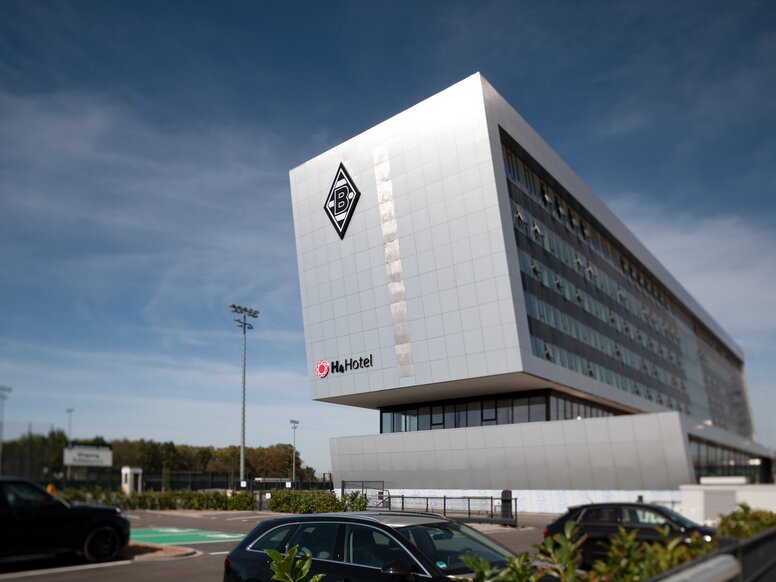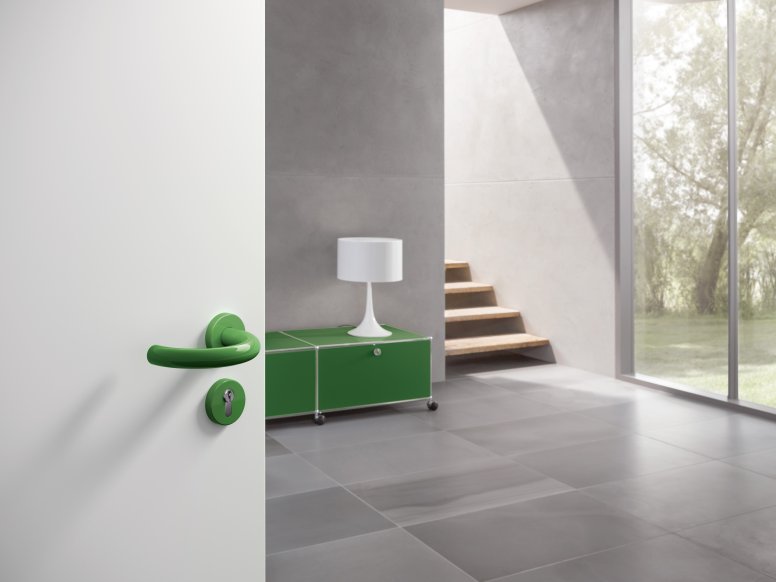HEWI MAG / Design
Universal design in architecture – a journey through time
In the world of modern architecture, where form meets function, HEWI has left a distinctive mark. This article takes you through the history of universal design in modern architecture, in which HEWI plays a key role with its innovative approach.
Universal design in architecture has evolved considerably over time. In the past, the focus was mainly on aesthetics and the needs of the general public. But today we are increasingly recognising the importance of design that is accessible to all – not only to the majority of society, but also to people with disabilities.
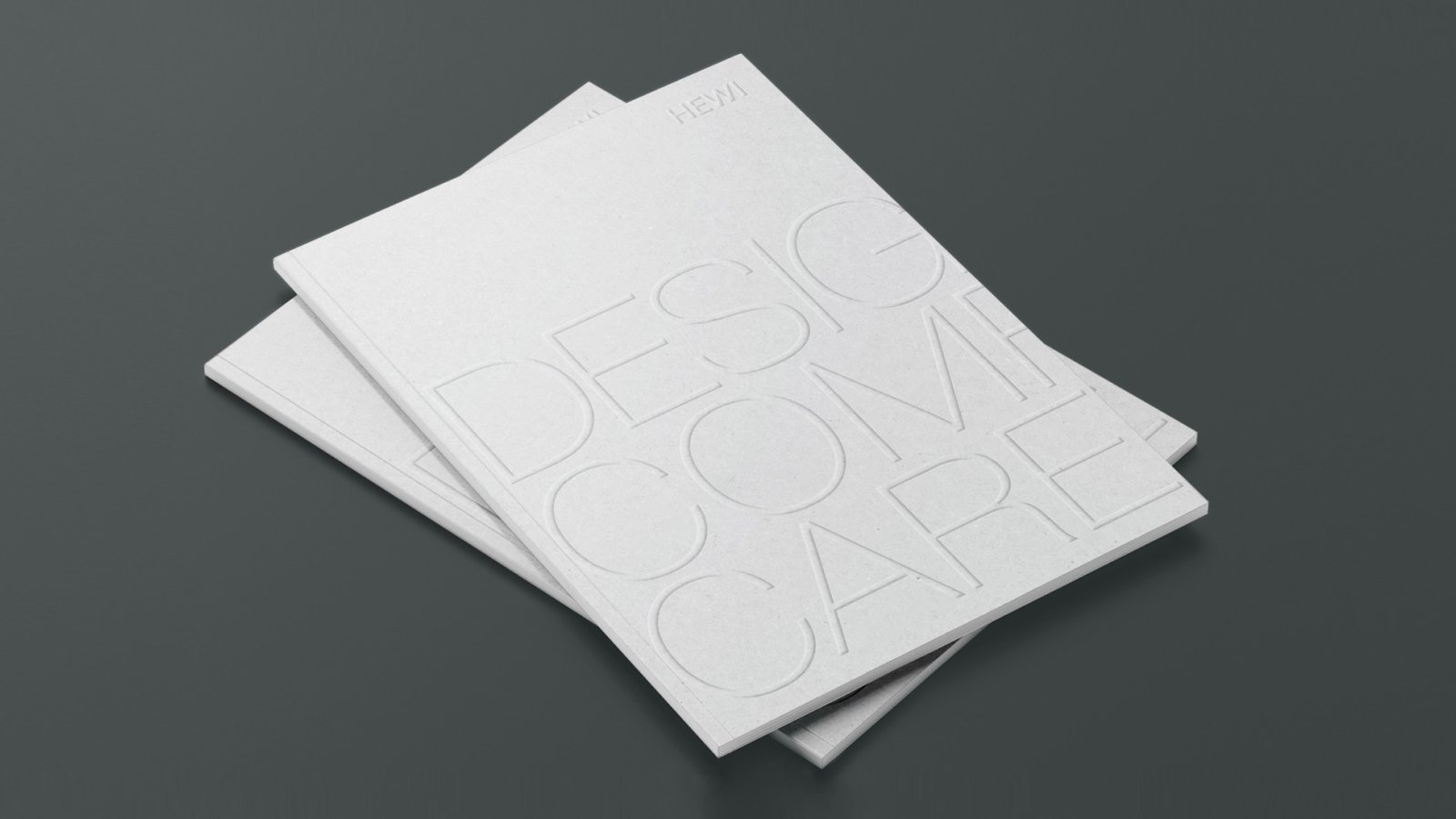
Development of universal design in architecture
The roots of universal design can be traced back to the 19th century, when social reform movements emphasised the idea of accessibility needs for the general public. In the early 20th century, architects such as Frank Lloyd Wright laid the foundations for design that was geared towards the needs of all users by introducing concepts such as open floor plans and natural lighting, which were valued for their user-friendliness.
The mid-20th century was characterised by a growing awareness of the needs of people with disabilities. This led to the introduction of standards and guidelines that laid the foundation for universal design in the 1960s. Architects and designers such as Ron Mace began to create environments that were accessible not only to people with disabilities, but to everyone.
One of the most important developments in this area was the introduction of ramps and lifts to enable people with mobility impairments to access buildings. However, in addition to physical accessibility, visual accessibility also played an increasingly important role. High-contrast colours and clearly visible signage were introduced to support people with visual impairments.
The most important principles of universal design in architecture
Universal design in architecture is based on certain principles that ensure that buildings and spaces are accessible to all people. These include:
1. Equal access:
It is essential that everyone has equal access to products and services, regardless of individual limitations. This principle ensures that no one is excluded on the basis of specific needs.

2. Adaptability:
A product or service should be versatile enough to be used by different people with minimal or no customisation. This flexibility makes it possible to use the offer individually and according to one’s own needs.

3. Intuitive operation:
Products must be easy to understand and intuitive to use without complex instructions. Elements such as clear labelling, concise menu structures and unambiguous visual instructions contribute to easy use.

4. Clear perceptibility:
Information should be presented clearly and concisely so that it can be properly absorbed and understood by users. In addition to visual contrasts, this also includes customisation options such as text size changes or volume control to meet different perceptual needs.

5. Error tolerance:
A product or service should be tolerant of operating errors. Instead of simply denying access in the event of an error – such as when a password is entered incorrectly – assistance and alternative solutions should be offered.

6. Efficiency:
Users should be provided with effective means to complete tasks without being overwhelmed by an over-abundance of options or decisions. The aim is to achieve a balance between functionality and user-friendliness.

7. Future compatibility:
A product should be designed in such a way that it remains sustainably usable even in the course of technological changes and changing trends. For example, established keyboard shortcuts could be transferred to new software versions to ensure continuity.

8. Aesthetic design:
The design should promote a pleasant experience and not distract from it. This can be achieved by choosing light background colours instead of darker tones and through well thought-out minimalist design.
With the help of these principles, universal or barrier-free design in architecture ensures that people with disabilities can lead a self-determined life. It creates equal opportunities and access to education, work and public spaces. In addition, older people and parents with pushchairs also benefit from barrier-free design. This is the only way to create an inclusive society in which everyone is welcome and feels accepted. It breaks down barriers and prejudices and promotes understanding and co-operation between people with and without disabilities.
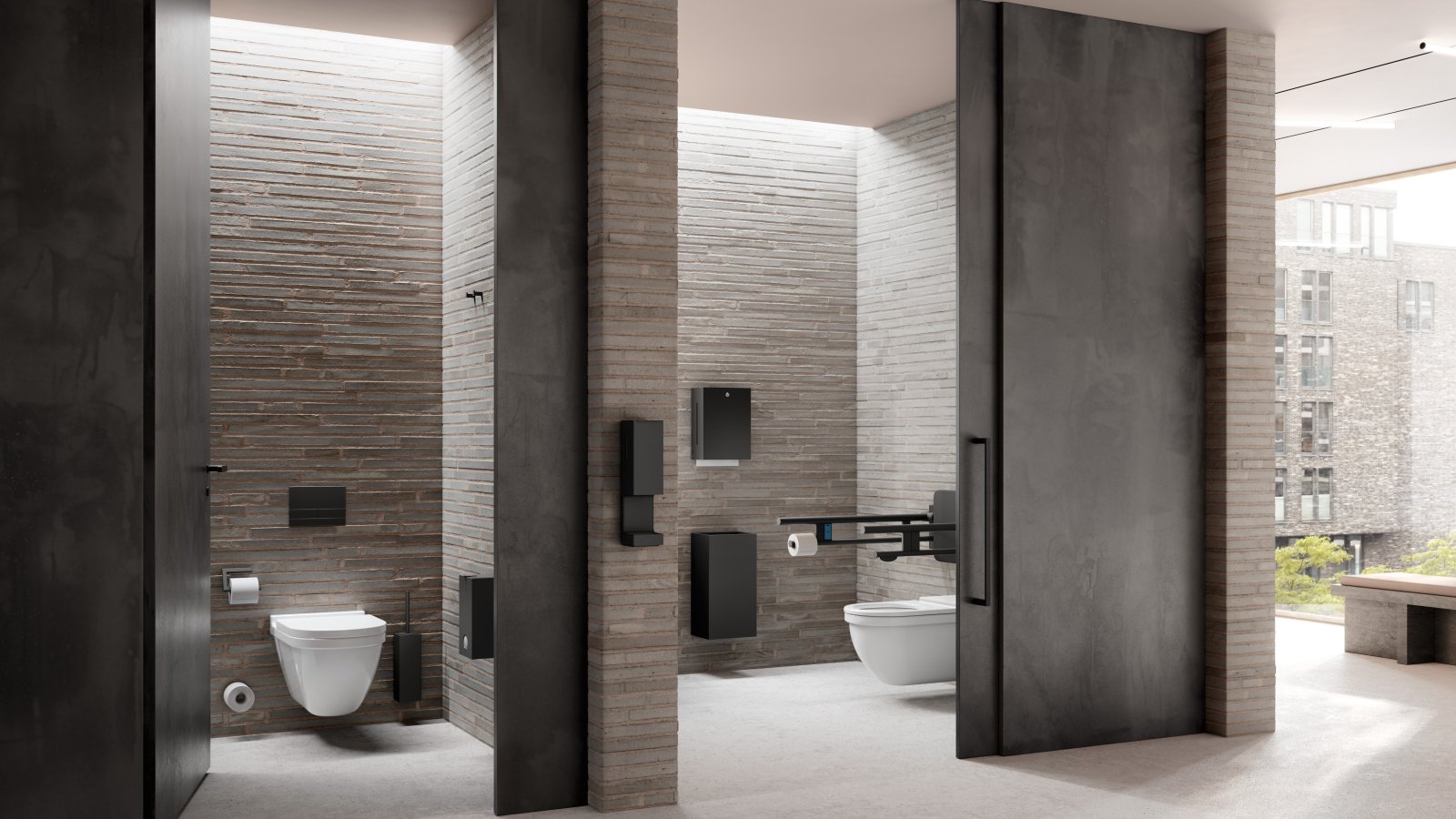
Modern trends in barrier-free architecture
Modern barrier-free architecture goes beyond ramps and lifts. Nowadays, there are innovative solutions that enable people with disabilities to move freely around buildings and use all functions. For example, there are intelligent technologies that enable people with visual impairments to orientate themselves in a room. In addition, there are now countless solutions for accessible bathrooms and kitchens that meet the latest design trends.
Another trend is the integration of nature and green spaces into buildings. They create an accessible, healthy, aesthetically pleasing and inclusive environment that is beneficial to a wide range of people, regardless of their abilities or limitations.
Universal design from HEWI: Design icons with history
HEWI is a company that specialises in universal design. With a long history and many years of experience, HEWI is a leader in the development of products that support people with disabilities. The products range from door handles and handrails to aesthetic sanitary ware – including design icons that have characterised the interiors of entire generations:
A design icon as a model for product development
In 1969, Rudolf Wilke, owner of HEWI, and the German architect Winfried Scholl created a true design icon with the S 111 door handle. The round tubular design inspired the entire product family and led to the development of the 477/801 sanitary series. This range, which has stood for "Made in Germany" quality for over 50 years, has taken HEWI to the forefront of barrier-free sanitary equipment.
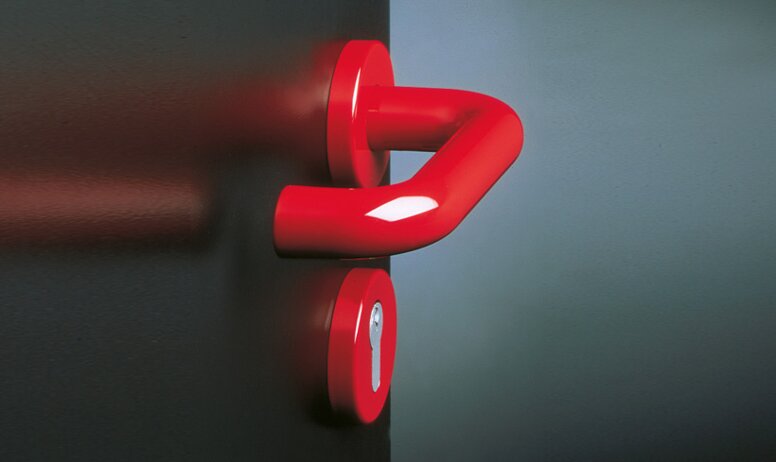
THE COLOUR REVOLUTION OF THE 477/801 SERIES
In its latest innovation, HEWI has reinterpreted the 477/801 series. The revised products are characterised by rounded edges and coloured frame elements, based on a modern design language inspired by clear geometries. After all, modern architecture has always offered room for innovation, especially in the area of colour design. In 2022, Christiane Küper, Head of Brand + Sales at HEWI, revolutionised the cult series 477/801 with new colour concepts. Inspired by the Memphis group, known for their bold colours and unconventional shapes, the range has become a tribute to this classic style.
HEWI understands that colours are far more than just decorative elements. They influence human emotions and perceptions. By integrating colour tones ranging from calming to stimulating, HEWI brings an additional element of universal design to its products.
Are you interested in more universal designs from HEWI? Discover barrier-free solutions for the following areas here:
- WC
- Washbasin
- Shower

Challenges in the development of accessible design
The realisation of accessible design in architecture can be associated with a number of challenges. One of the biggest challenges is to fulfil the needs of different people with different disabilities. Each requires specific adaptations and solutions.
Promoting inclusion through universal design
Architecture has the potential to promote inclusion and create an inclusive society. Through the use of universal design, spaces can be created in which all people feel welcome and accepted.
In addition, buildings and public spaces can be designed in such a way that they facilitate the integration of people with disabilities. For example, workplaces and educational facilities can be designed to be barrier-free to enable participation in working life and educational activities.

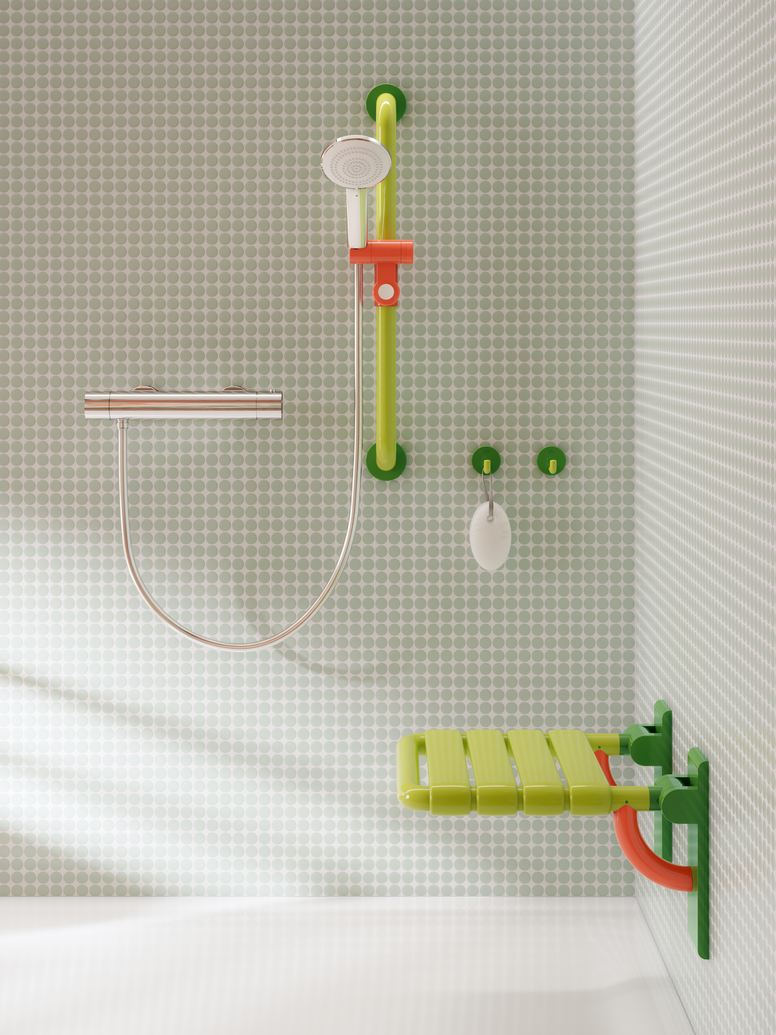
The future of universal design in architecture
magUniversal design in architecture has evolved over time and will continue to play an important role in the future. It is of great importance for the creation of an inclusive society in which all people have the same opportunities and possibilities.
Overall, barrier-free design in architecture is an important step towards an inclusive society. It enables people with disabilities to lead a self-determined life and creates equal opportunities for all. By integrating accessible design into architecture, we can create a world where everyone is welcome and can reach their full potential.
Our journey through modern architecture with HEWI shows how one company can influence the evolution of architecture through innovation in design and colour. HEWI proves that design and functionality can go hand in hand to create timeless and emotional spaces. For more insights, visit HEWI Mag and discover how HEWI continues to shape the world of design and architecture.

